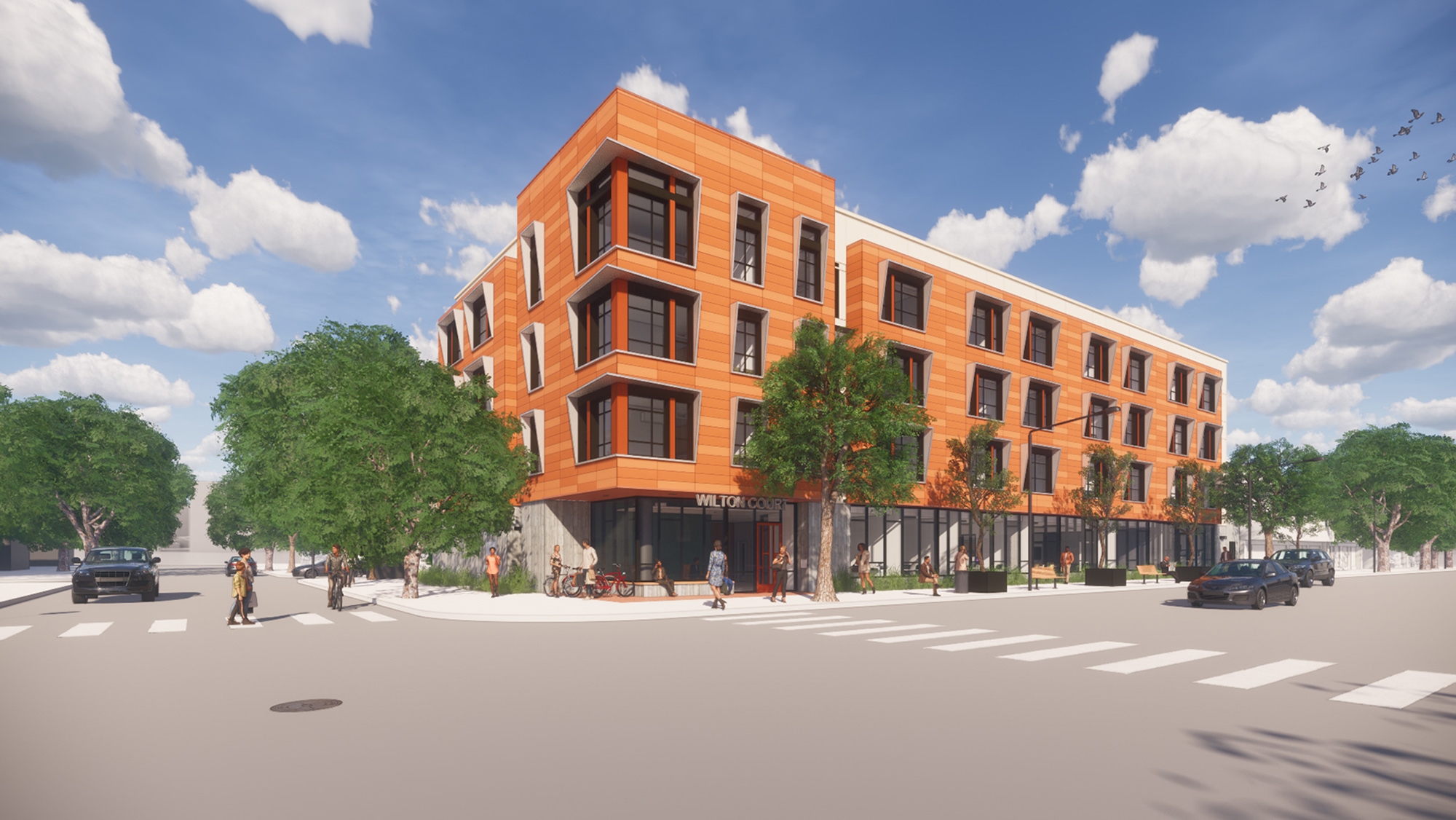Seeking to get more funding for affordable housing projects, Palo Alto is preparing to sharply increase the impact fees that the city charges for new commercial developments.
The City Council on Monday directed staff by a 6-1 vote, with Greg Tanaka dissenting, to commission a feasibility study that would evaluate the fee levels that the city could feasibly assess on commercial builders. The study is scheduled to be completed by early October, at which point the city expects to roughly double its impact fees for affordable housing from its current level of $38.48 per square foot to more than $60.
The proposal to increase fees has proved contentious in the past. In 2016, the council voted to raise the impact fees for affordable housing to $60, only to see the action reversed the following year by a bare majority that included newly elected council members. The council voted in 2017 to instead approve a more modest increase, which took the fee from $20.37 to $35 per square foot.
Now, those council members who had supported the higher fee are preparing to try again. Pointing to the critical need for funding to support affordable housing projects and to the recent example from Santa Clara County, which moved in 2018 to raise its own housing impact fees from $36.22 to $68.50, the council is preparing to raise Palo Alto's rates in the fall, once the city completes a study that justify the new fee level. Council members Eric Filseth and Lydia Kou made the case for moving toward higher fees in a colleagues memo, which the council discussed and largely concurred with on Monday night.
In making their case for the higher fees, Filseth and Kou both pointed to the roughly $40 million in affordable-housing funds that the city had spent since 2015 to help the county purchase the Buena Vista Mobile Home Park, thus saving the park from closure and redevelopment. They also pointed to the support for the Wilton Court development for low-income individuals and adults with disabilities and to chip in for the teacher-housing project that is spearheaded by Santa Clara County and that slated to go up on Grant Avenue. The memo notes that the city's affordable housing fund is now nearly depleted and needs replenishing.
"Since demand for housing, including housing affordable to low- and moderate-income residents, is driven primarily by job growth, it makes sense to fund Affordable Housing subsidies from that job growth, through commercial development impact fees which reflect that impact," the memo states.
Filseth pointed to Santa Clara County's recent study to gauge the impact of office development on affordable housing as well as to other linkage studies that make the case for much higher impact fees. The county study, which was undertaken as the Board of Supervisors was reviewing Stanford University's proposed campus expansion, pegged the impact of new academic space on affordable housing at $143.10 per square foot and impact of office space at $113.40 per square foot.
He suggested that there really is no downside to raising the impact fees on office developments. If they end up deterring commercial growth, that is not necessarily a bad thing, he and Kou both suggested.
"Either we get more affordable housing funding, or we narrow the gap between the economics of office development and the economics of housing development — and that gap is one of the main reasons we don't get much housing in Palo Alto," Filseth said.
Tanaka, who voted in 2017 to reverse the raising of the fees to $60 per square foot, signaled that he still opposes the move. He suggested that the city already has relatively little commercial development and, as such, the move will not achieve much.
"I just wonder how much affordable housing dollars this will actually bring in," he said.
Tanaka also questioned the need to spend $40,000 on a study to justify the higher fees, noting that the funds can instead be used for things like block grants. But unlike in 2017, when the council majority was more pro-growth, none of his colleagues joined him Monday in opposing the move toward higher fees.
Vice Mayor Pat Burt noted that even at the fee level of $60 per square foot, the city would have generated an extra $1.1 million for affordable housing in a year where it gets 50,000 square feet of new office space. The revenue amount, he said, is "orders of magnitudes" higher than the cost of the study.
"If we really care about trying to increase the affordable housing, we'll do this," Burt said. "If you don't care about affordable housing, you'll vote against it."
Mayor Tom DuBois acknowledged that the topic of impact fees has been a "divisive issue" in the past and characterized the council's new effort as an attempt to "modernize these impact fees." Council member Greer Stone agreed and noted that the city doesn't have nearly enough funding to meet its affordable-housing targets, as established through the Regional Housing Needs Assessment process. The city is expected to plan for close to 3,500 residences for individuals in the very low to moderate income categories. Relying on the city's inclusionary zoning requirement of 15% to achieve these numbers, the memo notes, would call for the city to permit about 20,000 market-rate homes.
"We are not going to get anywhere close to our RHNA target or the kind of increase in affordable housing that all of us want in this city based on inclusionary zoning alone or relying on other sources," Stone said. "This still isn't going to get us there but another tool that we have to add to our tool chest."



Comments
Registered user
Duveneck/St. Francis
on Jun 23, 2021 at 1:57 pm
Registered user
on Jun 23, 2021 at 1:57 pm
$60 a square foot is less than Santa Clara County and most of the other jurisdictions on the penninsula. A recent study cited by staff said the impact of office is $120 to $150 per square foot. I think anything under $100 is too low, especially given we have an office cap so office expansion should only happen if its meaningfully funding Below Market Housing (not the typical token measures).
Registered user
Embarcadero Oaks/Leland
on Jun 23, 2021 at 2:09 pm
Registered user
on Jun 23, 2021 at 2:09 pm
We've been subsidizing office development in so many ways for way too long -- increased housing prices because there's more people competing for housing. increased congestion, increased crime and homelessness, increased housing targets that are mostly for MARKET rate housing for all the new workers, increased legal fees fighting those ridiculous targets...
Raise the fees so they're at least comparable to surrounding communities.
And impose the business tax already!